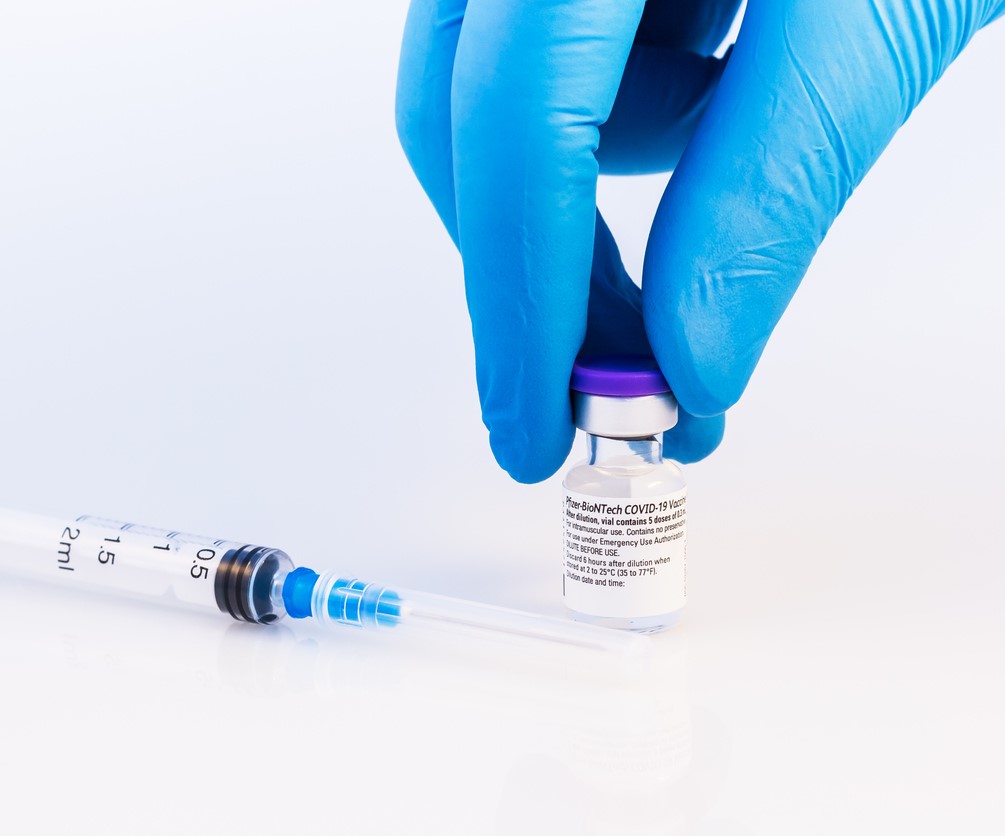
Researchers identify two novel SARS-CoV-2 strains most closely related to variants circulating in humans more than 2 years earlier on two mink farms in Poland, the possible result of long-term, undetected circulation in the animals.
For the study, published yesterday in Eurosurveillance, a team led by researchers at the National Veterinary Research Institute in Pulawy, Poland, conducted follow-up SARS-CoV-2 testing from November 2022 to January 2023.
SARS-CoV-2 monitoring on Polish mink farms began in May 2020. Starting in December 2021, all Polish mink farms were monitored when mink showed signs of disease or died in higher-than-expected numbers.
In January 2021, the first farm tested positive, with another 13 farms following suit by July 2022. Four different SARS-CoV-2 variants belonging to eight lineages were identified: B.1.1, B.1.617.2 (Delta), B.1.1.7 (Alpha), and BA.2 (Omicron). Three more mink farms tested positive from September 2022 to January 2023 in the same area.
Routine surveillance needed
On two farms, the researchers uncovered two novel SARS-CoV-2 variants most closely related to the B.1.1.307 strain that circulated in humans in late 2020 and early 2021. The new variants, however, had at least 40 polymorphisms, which the authors said suggests that they originated in an unknown or undetected animal reservoir. The mink did not show symptoms.
It seems that relying only on passive surveillance in response to symptomatic outbreaks could result in many cases being overlooked.
All farm workers and the owners' family members tested negative for COVID-19, meaning that it is unlikely that a chronic viral shedder spread the virus to the mink, but antibody testing wasn't performed, so they may have been previously infected. All farms were surrounded by a concrete barrier, but the introduction of wildlife via tall trees surrounding the barrier or by wild martens or birds could not be ruled out. Feral cat droppings tested negative for SARS-CoV-2.
The researchers noted that the circulation of SARS-CoV-2 in humans and susceptible wildlife at farms carries the risk of viral spillover and the establishment of novel wildlife reservoirs. "It seems that relying only on passive surveillance in response to symptomatic outbreaks could result in many cases being overlooked," they wrote.
 Today in Pediatrics
Today in Pediatrics 











